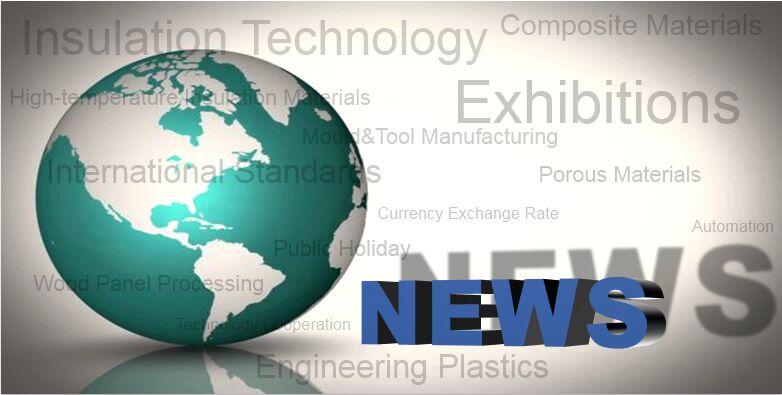INFOCENTER
Thermal Insulation Controls, Manages Heat
Thermal insulation technologies are an effective means to control and manage heat precisely in the molding process—saving energy and money while improving quality. This results in less time spent maintaining and repairing molds and allows them to run more efficiently.
According to Dan Sherrill, president of Lewisville, TX-based Unitherm Insulation Systems—a manufacturer of process control systems—a considerable amount of heat is transferred to the molding press if the platen or tool is mounted to the press head, table or beam without a layer of protective insulation.
“In hydraulic presses, pistons and hydraulic fluid also heat up,” Sherrill notes. “In addition, pumps, valves and filters are vulnerable if packings and seals are damaged by overheated hydraulic fluid. Loss of lubricants is inevitable in any press if the guide systems are continually exposed to extreme temperatures.”
Better Flow
Flow characteristics are improved if hot and cool components are insulated effectively by shielding the heated mold from the press, Sherrill maintains. It also improves deflections.
“When working with a heated core, placing insulation board between the heated plates and the cooler tooling will give substantial results,” he states. “Savings of between 50 and 75 percent are possible in energy consumption with the installation of thermal insulation. With lower production costs and improved quality, the payback is very rapid.”
The company uses high temperature materials when constructing its thermal insulation boards as well as gasket materials—among them Cogetherm, White Board, Pyropel and FiberFrax. “This significantly reduces heat transfer,” Sherrill explains. “These gaskets are capable of handling a maximum compression of 540,000 psi and can resist temperatures as high as 1500 degrees Fahrenheit.”
Up to 2 mm (080') of the insulation board can be punched. Sherrill recommends that tools be fitted with draw rings. For board more than 2 mm, he recommends recommend machining (sawing, drilling, etc.) with high speed steel or tungsten carbide tools.
Sherrill adds that the technology should not be employed if the user’s process generates a lot of shear heat or the machine is air-cooled.
“Heat loss is like burning money,” Sherrill concludes. “Using this technology allows for maximum efficiency and control of tool/mold temperature, faster start-up times and reduced strain on plant cooling systems. Tool insulation can be customized to a specific tool or generalized to adopt to a variety of tool sizes and configurations—and are designed with convenience in mind with access for all adjustment areas and quick connect hardware for easy removal and replacement.”
For more information about Keeprecision Thermal Insulation technologies, please contact our Sales Department
Source: www.moldmakingtechnology.com








